Jon Frankel
This website is dedicated to the life and career of novelist Marianne Hauser (1910-2006). Marianne Hauser wrote 9 novels, and dozens of short stories. Her first novel, Monique, was published in German when she was 22 and living in Paris. Her last novel, Shootout with Father, was published by FC2 in 2002, when she was 91. She moved to New York in 1937 after traveling through Asia and North Africa alone, as a reporter. Only three of her works remain in print today: The Talking Room, her best known work, a brilliant, subversive and hilarious novel about a pregnant 13 year old being raised by warring lesbian parents, published by the Fiction Collective in 1976, Shootout with Father, and The Collected Short Fiction of Marianne Hauser (2004). These books are available from FC2. Her other American books, Dark Dominion (1947), The Choir Invisible (1958), Prince Ishmael (1963), A Lesson in Music (1964), The Late Memoirs of Mr. Ashley (1986), and Me & My Mom (1993), are out of print but easy to find used and in libraries.
This is a collaborative project. Its purpose is to promote her work and make available to interested readers as much information as I can unearth about her. In Hauser's long life she made many professional and personal friends. Her agent was Perry Knowlton and her first book was published by Bennett Cerf six years after she took him to task over Gertrude Stein in her New York Times review of Ida. In 1963 Prince Ishmael was nominated for a Pulitzer Prize, and was a New York Times notable book of the year. From the 1970s through to 2004 her writing was published and reviewed by different incarnations of the Fiction Collective and Sun & Moon Press. She wrote reviews for the American Book Review and appeared in journals like Fiction International, Blatant Artifice, Witness.
If you knew her or are studying her work I welcome contributions, memoirs, interviews, letters, analyses, what have you. Since at least the seventies writers have lamented that she is not better known. Many people have tried to bring her greater recognition: Alice S. Morris, Anais Nin, Marguerite Young, the writers at the Fiction Collective, Larry McCaffery, Sinda Gregory, Douglas Messerli, Margot Mifflin, Ed Cardoni, and Professor Andrea L. Harris, among others. Just about everyone who has written about her has wondered why her work is neglected. Hauser cared little for self-promotion and was impatient with compromise. She was an anti-authoritarian enchantress, intelligent, intuitive, playful, and genuine. She wrote every day on a small manual Olivetti typewriter and tirelessly revised. She was passionate about politics and art. Friends called her Bear. Her final work, Little Buttercup, written for her granddaughter, is subtitled, the happiest bear in the world.
View all posts by Jon Frankel
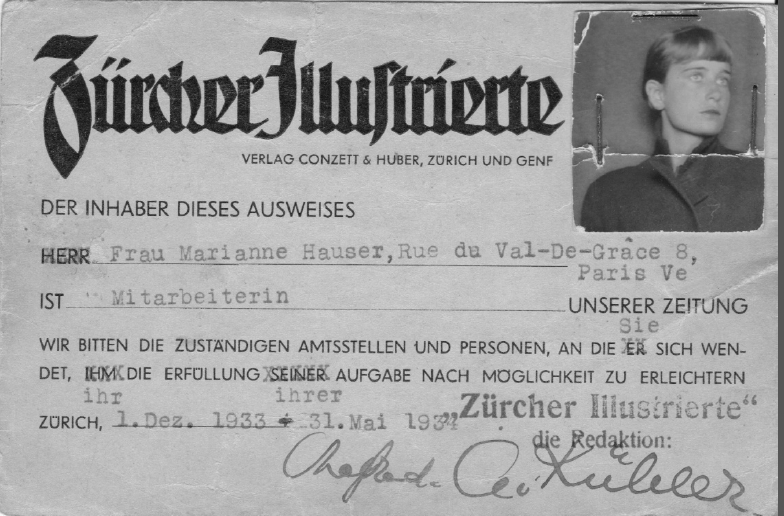 She went to the 1939 World’s Fair as a Swiss reporter:
She went to the 1939 World’s Fair as a Swiss reporter: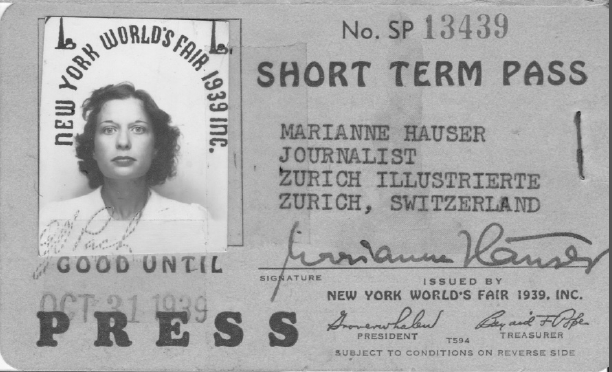
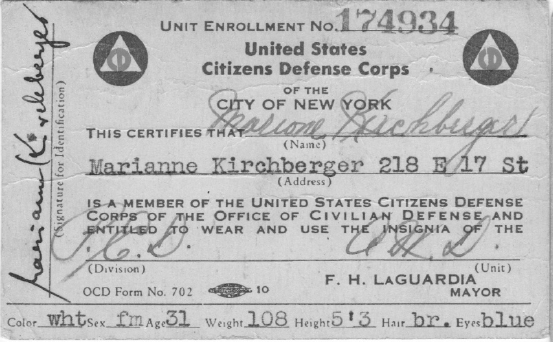
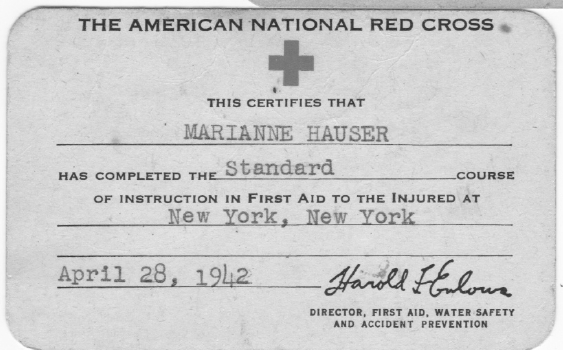
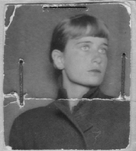
Marianne Hauser professed Creative Writing at Queens College when I studied there. I truly loved her, and even, one summer or two, apartment-sat for her, when she lived in an NYU building. Thank you so much for keeping her alive for me now. I miss her.
Hello Jeanne,
Thank you so much for commenting! I am hoping to write a book about her someday and would welcome any anecdotes, memories, impressions. All of her contemporaries are now dead, and even her son, whom I know, is in his 70s. So I’m trying to gather as much info as possible before writing. Please let me know if you have anything you wish to say, by email or phone, or on this website. be well and thank you again.
Jon
Hi, Jon – and many thanks for writing about Marianne Hauser. I took her course at the New School, Fall 1985, when Alice Morris asked her to take the semester – Alice at 80+ no longer able to teach. My memories of Marianne: A small woman, sitting underneath peeling, 1930s murals. She came to our first class in a long, red and white striped stocking hat, oversized sweater, red leggings and sneakers. I took to her at once! Marianne panicked when she walked into the classroom and found so many of us. She told us she was very busy working on her own novel and wouldn’t have time to read much from us. I reassured her, telling her we always lost quite a few people after the first class. Sure enough, we shrunk to about 20 and only half were writing. Marianne, still worried, would only accept stories of one page in length. This forced me to learn editing, something for which I’ve been forever grateful. Her comments were always helpful – for instance, when I complained about those murals, she said: “If you’re going to be a writer, do not reject anything, Kay!” A concise and wonderful lesson I’ve never forgotten.
Thank you, Kay. I am so happy her former students are finding their way to this website. I wish I had met Marianne. Your description of her is delightful! And of her teaching. She really loved her students, and she was deathly afraid of teaching.Alice was her editor at Harper’s Bazaar, and very important for her novel Prince Ishmael. I believe Marguerite Young (whom she was not longer speaking to) was also teaching there.